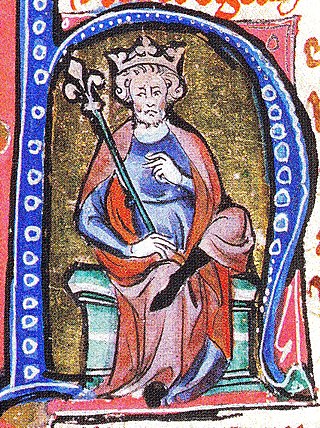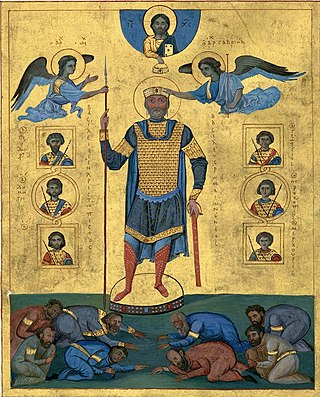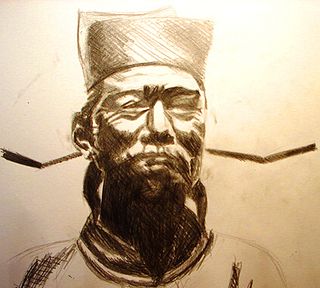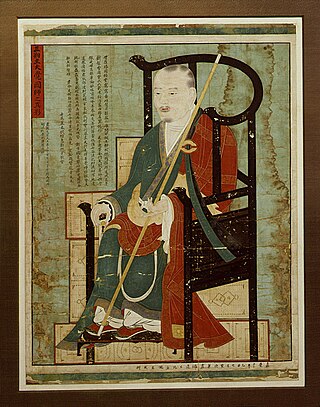This article needs additional citations for verification .(September 2018) |
| Millennium: | 2nd millennium |
|---|---|
| Centuries: | |
| Decades: | |
| Years: |
| 1019 by topic |
|---|
| Leaders |
| Birth and death categories |
| Births – Deaths |
| Establishments and disestablishments categories |
| Establishments – Disestablishments |
| Gregorian calendar | 1019 MXIX |
| Ab urbe condita | 1772 |
| Armenian calendar | 468 ԹՎ ՆԿԸ |
| Assyrian calendar | 5769 |
| Balinese saka calendar | 940–941 |
| Bengali calendar | 426 |
| Berber calendar | 1969 |
| English Regnal year | N/A |
| Buddhist calendar | 1563 |
| Burmese calendar | 381 |
| Byzantine calendar | 6527–6528 |
| Chinese calendar | 戊午年 (Earth Horse) 3716 or 3509 — to — 己未年 (Earth Goat) 3717 or 3510 |
| Coptic calendar | 735–736 |
| Discordian calendar | 2185 |
| Ethiopian calendar | 1011–1012 |
| Hebrew calendar | 4779–4780 |
| Hindu calendars | |
| - Vikram Samvat | 1075–1076 |
| - Shaka Samvat | 940–941 |
| - Kali Yuga | 4119–4120 |
| Holocene calendar | 11019 |
| Igbo calendar | 19–20 |
| Iranian calendar | 397–398 |
| Islamic calendar | 409–410 |
| Japanese calendar | Kannin 3 (寛仁3年) |
| Javanese calendar | 921–922 |
| Julian calendar | 1019 MXIX |
| Korean calendar | 3352 |
| Minguo calendar | 893 before ROC 民前893年 |
| Nanakshahi calendar | −449 |
| Seleucid era | 1330/1331 AG |
| Thai solar calendar | 1561–1562 |
| Tibetan calendar | 阳土马年 (male Earth-Horse) 1145 or 764 or −8 — to — 阴土羊年 (female Earth-Goat) 1146 or 765 or −7 |

Year 1019 ( MXIX ) was a common year starting on Thursday of the Julian calendar.







